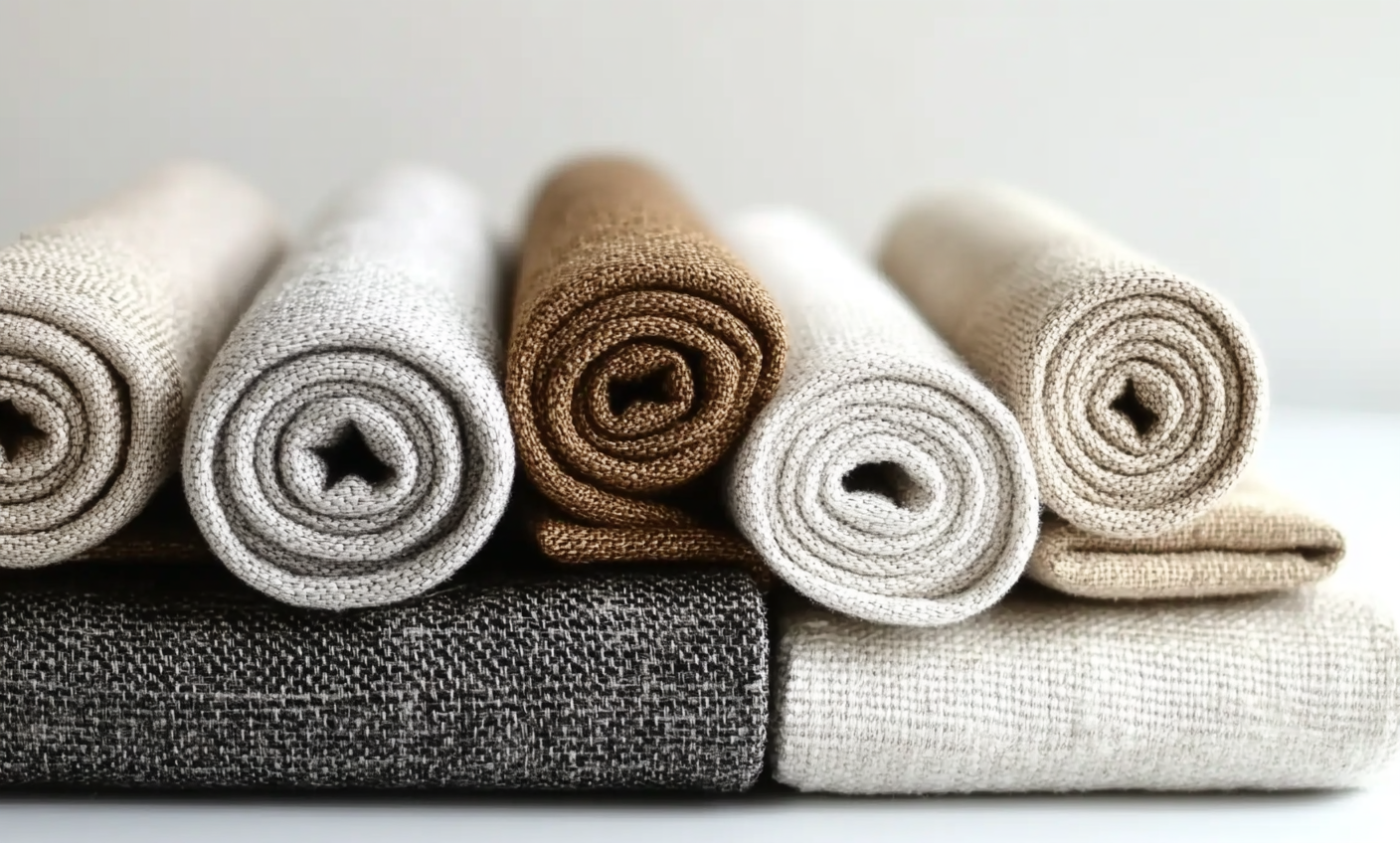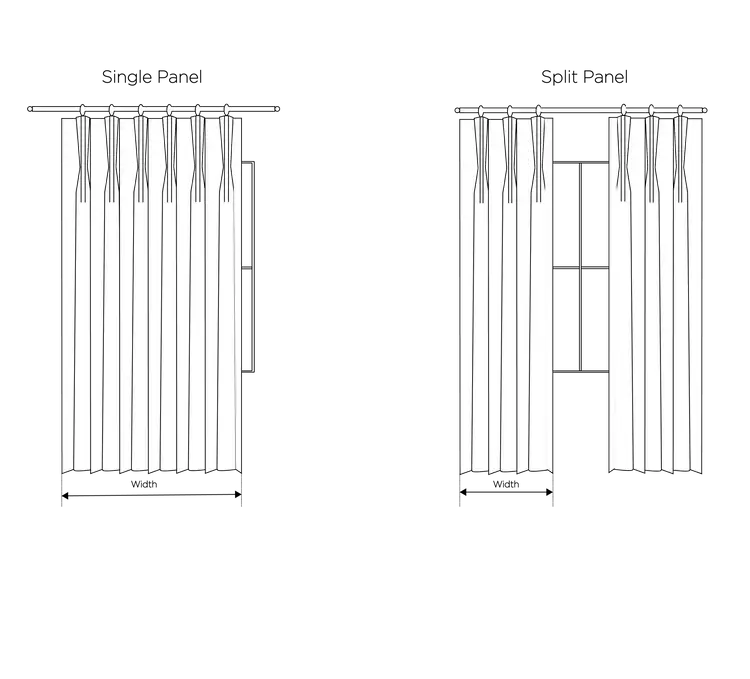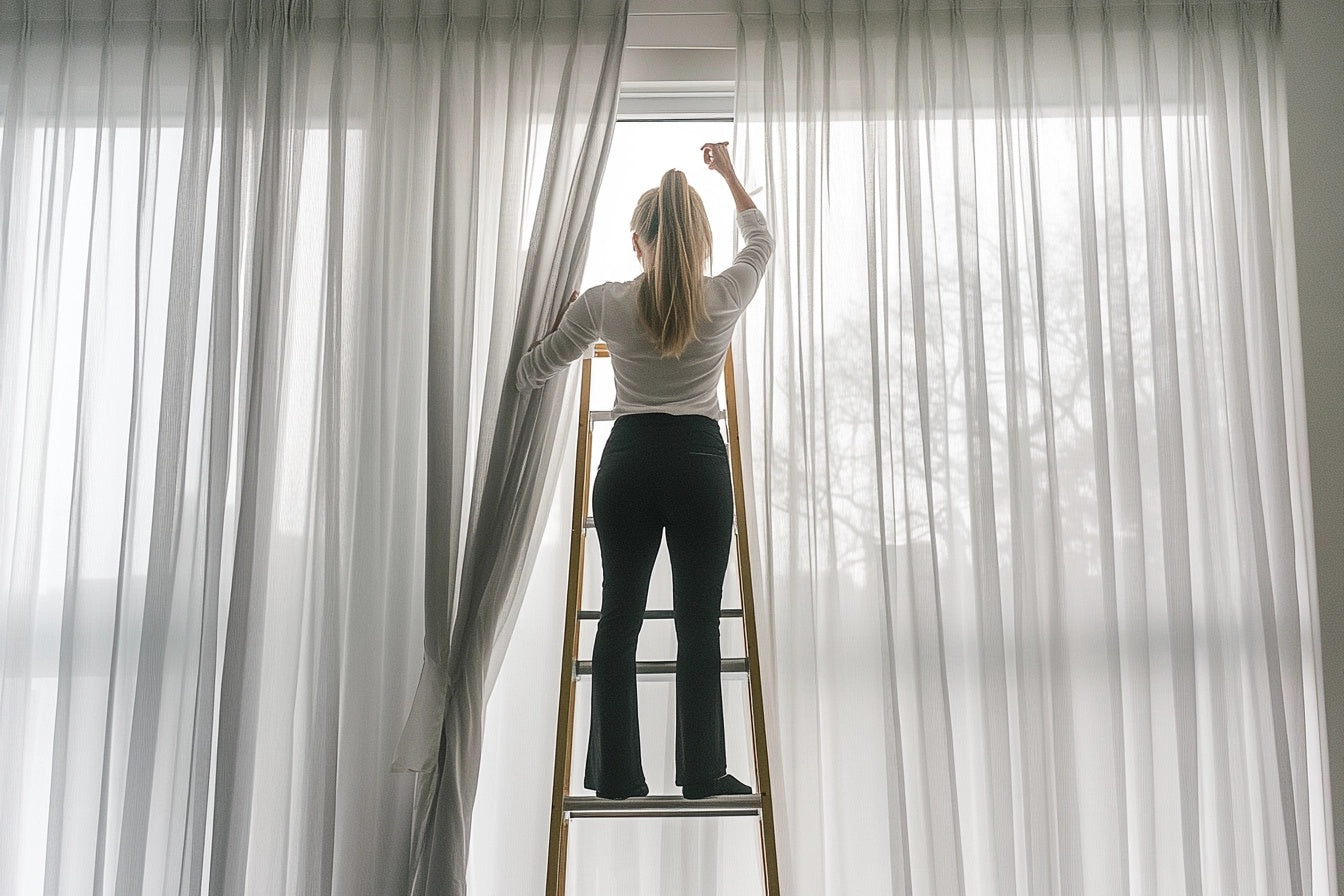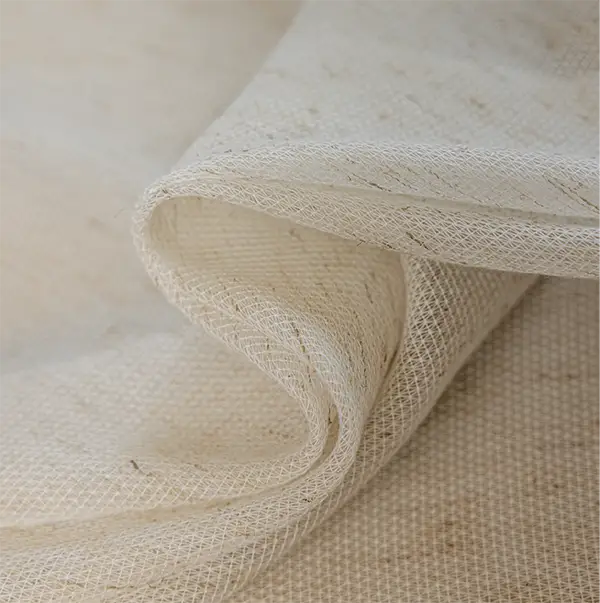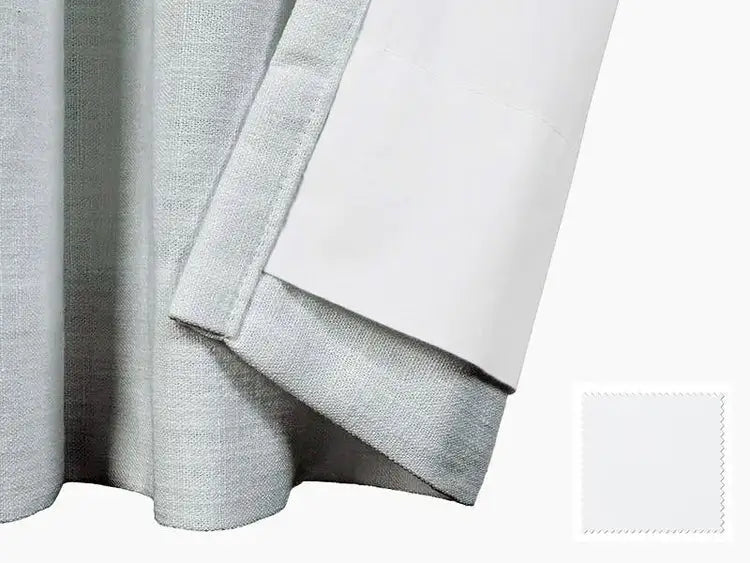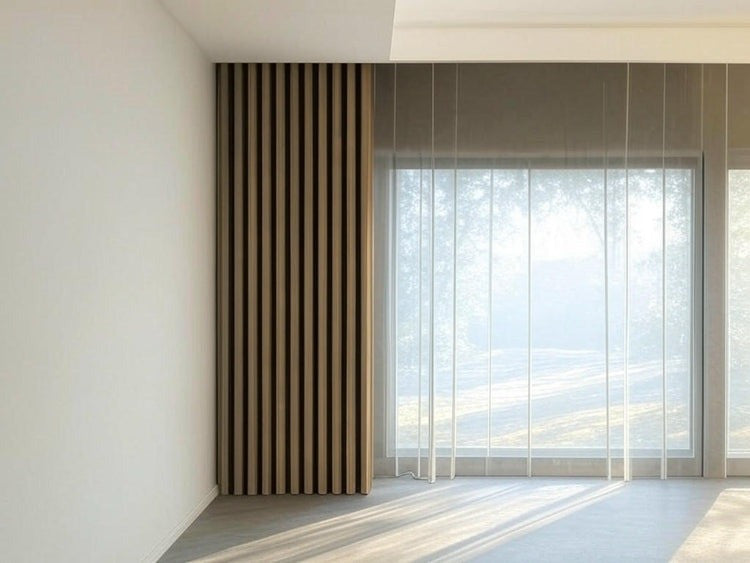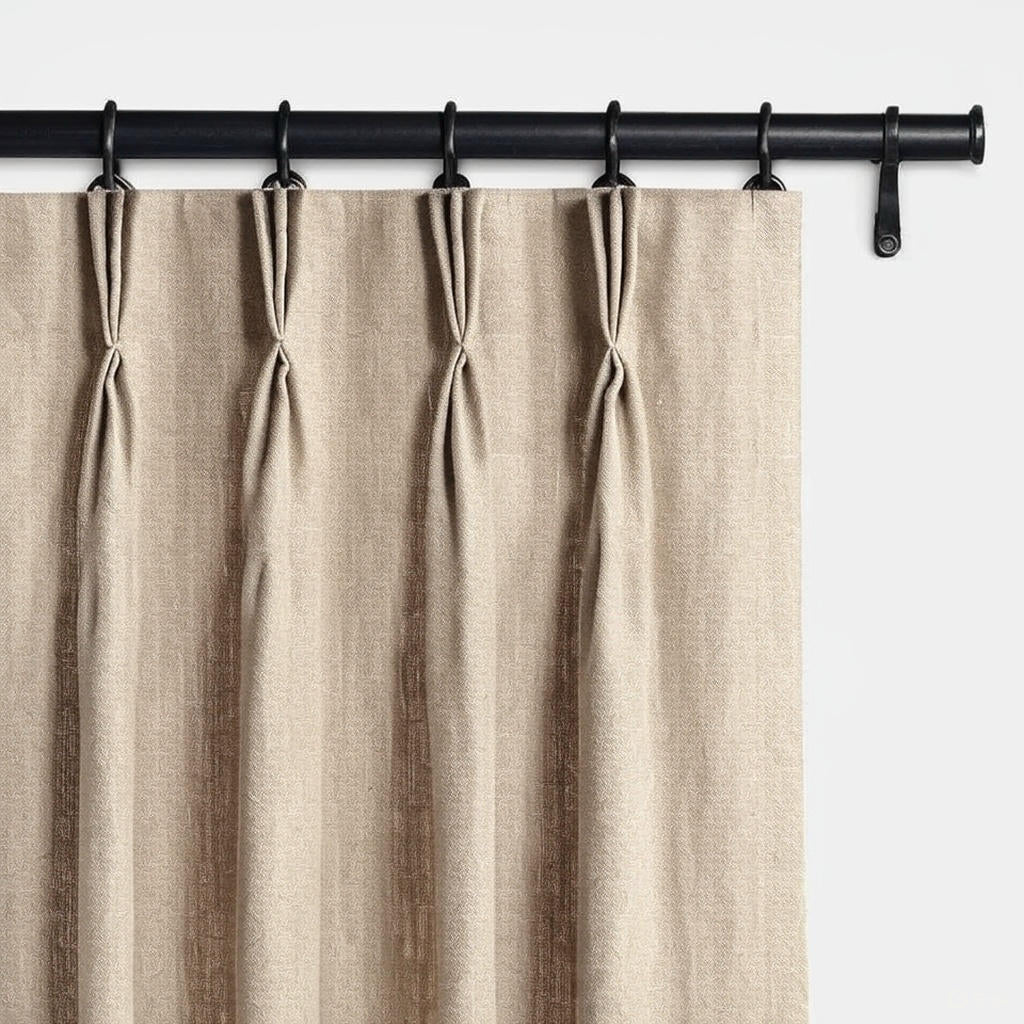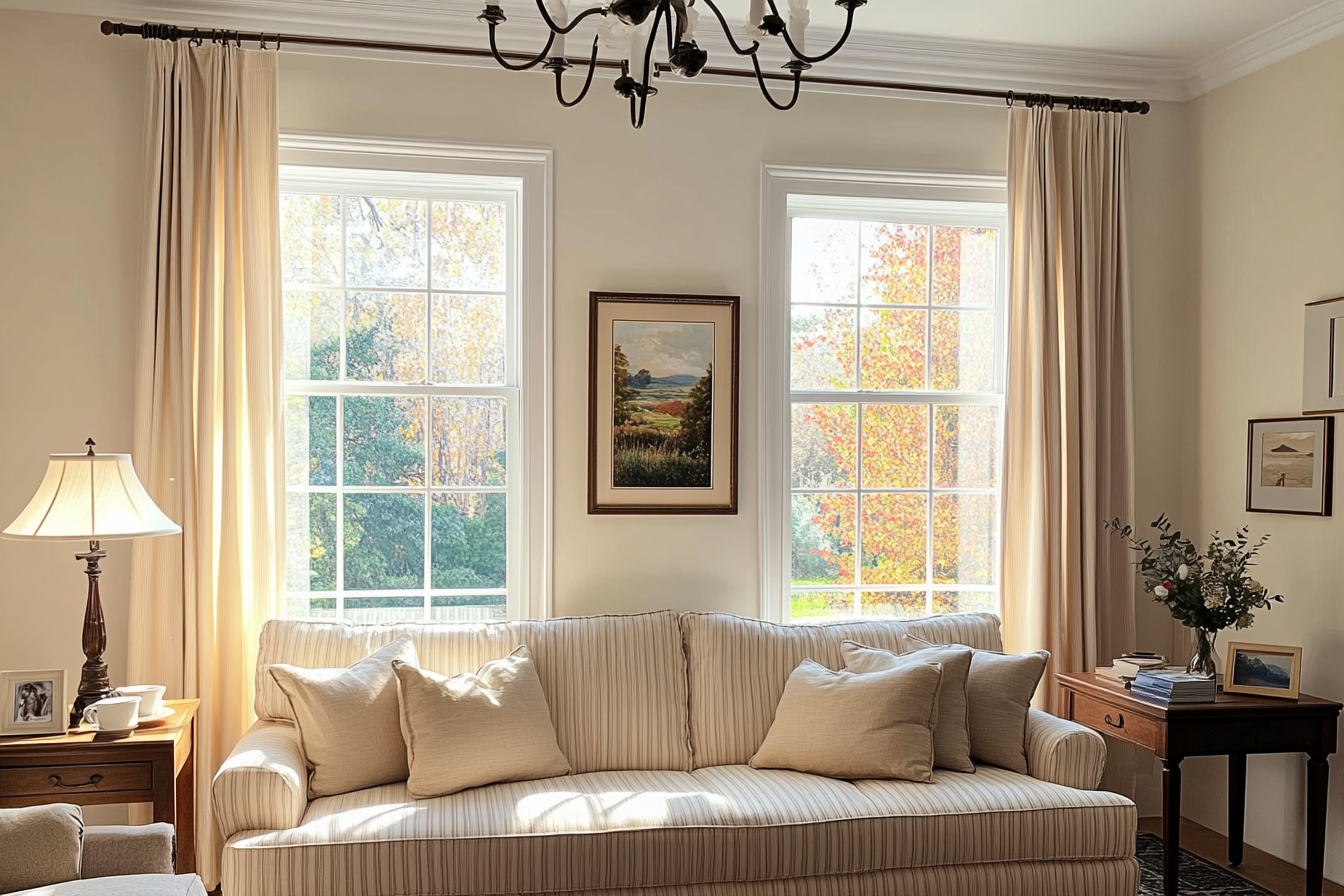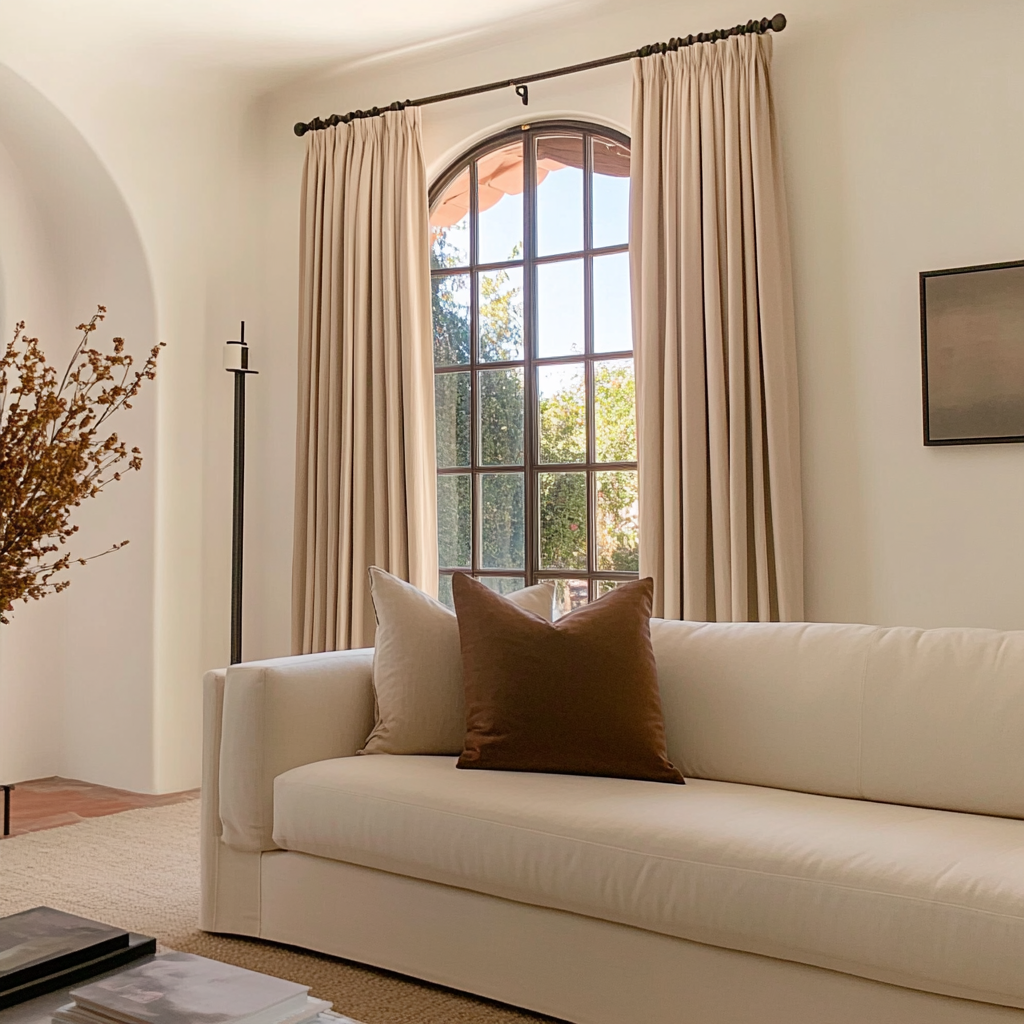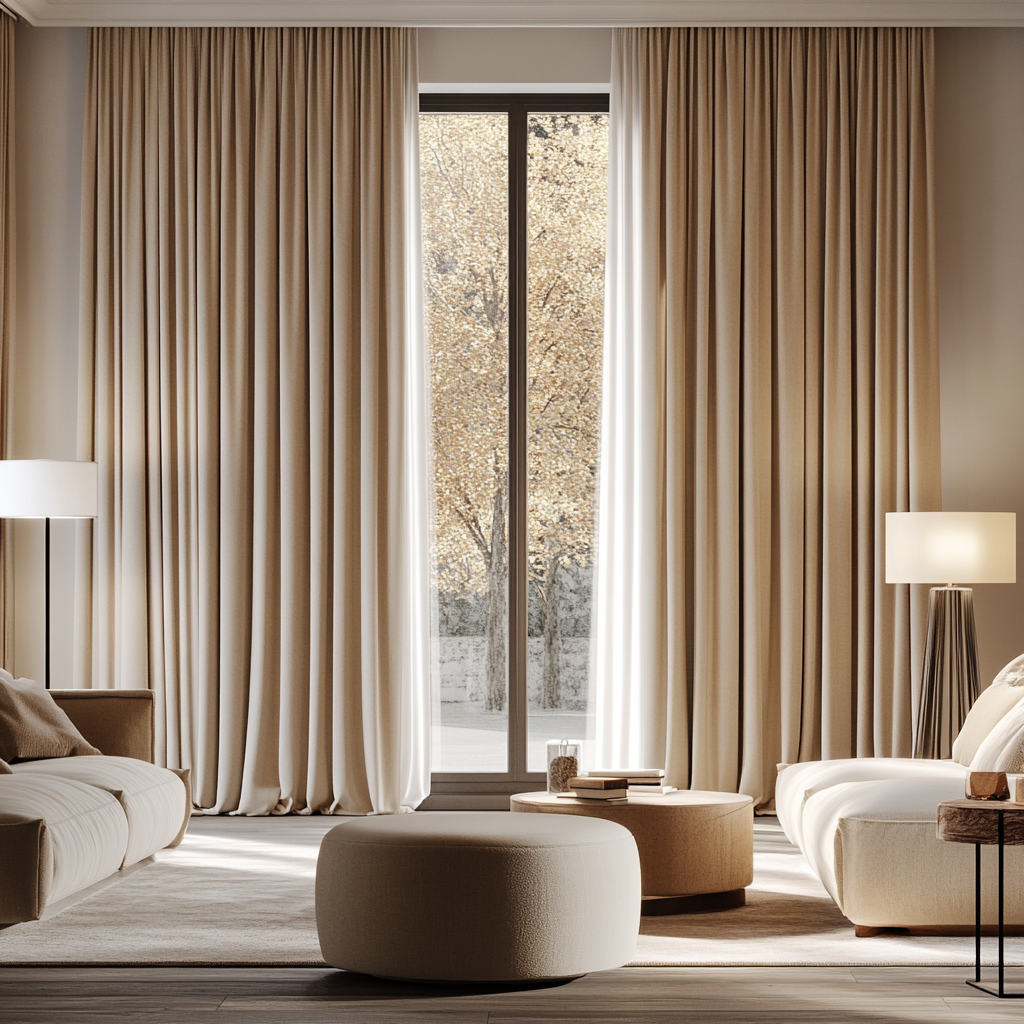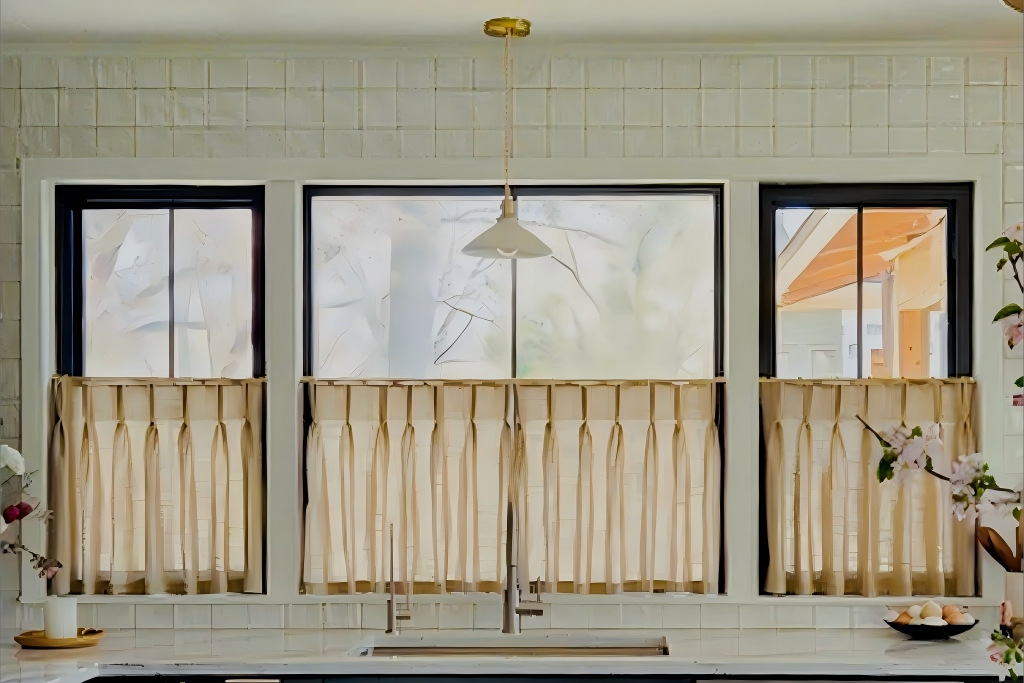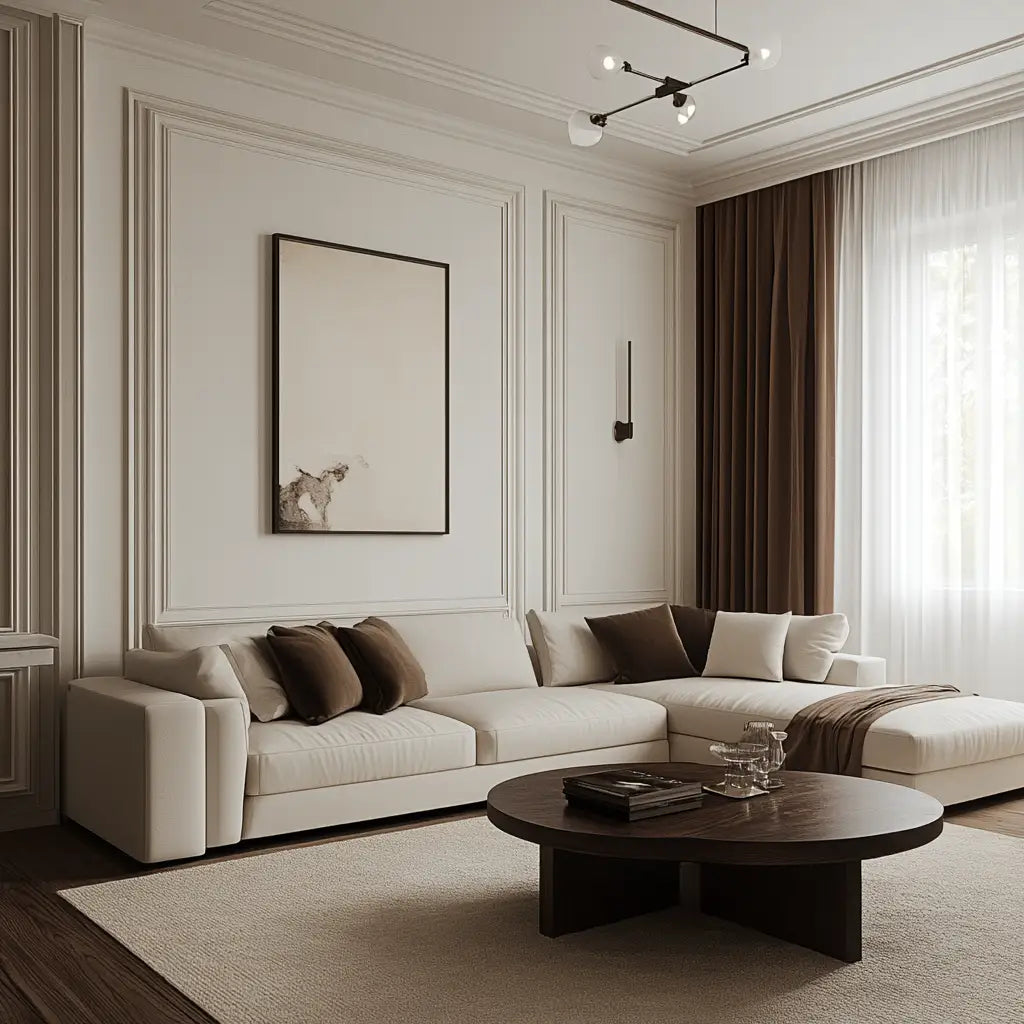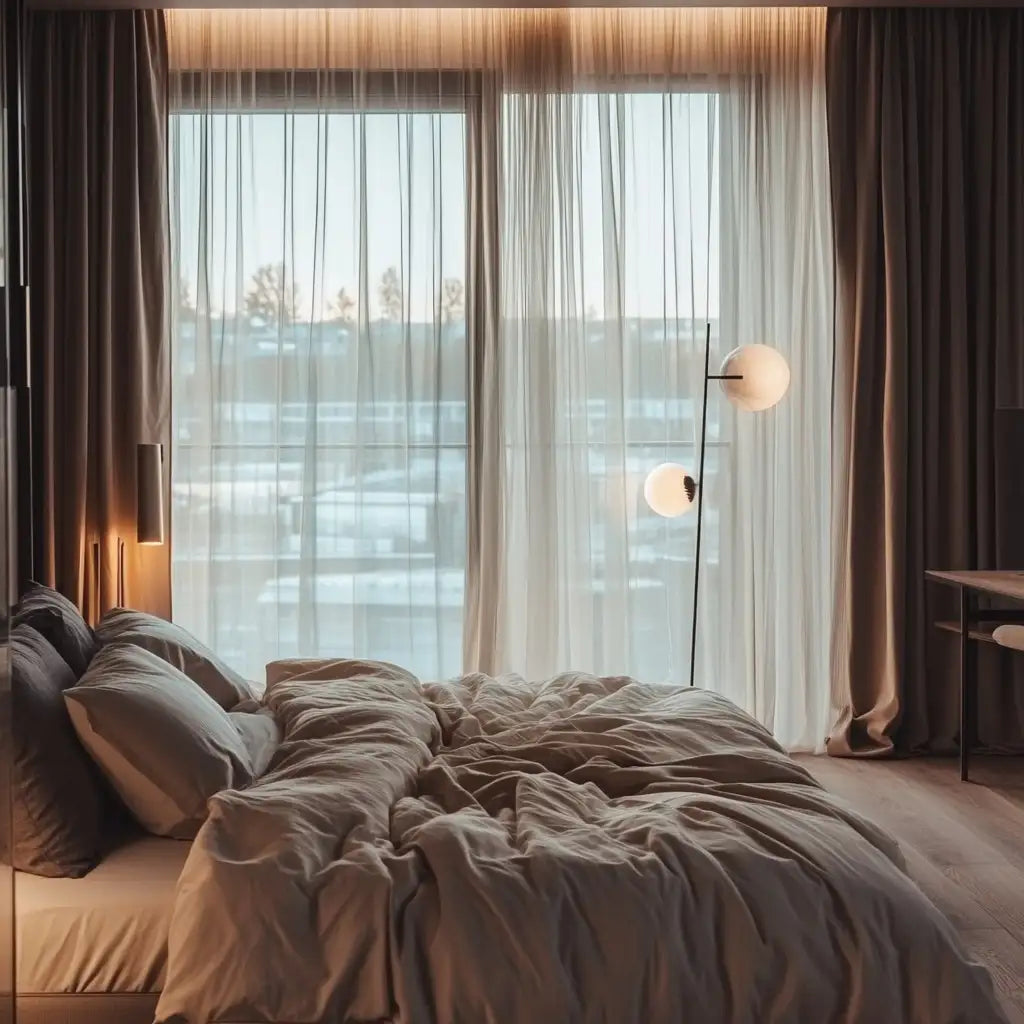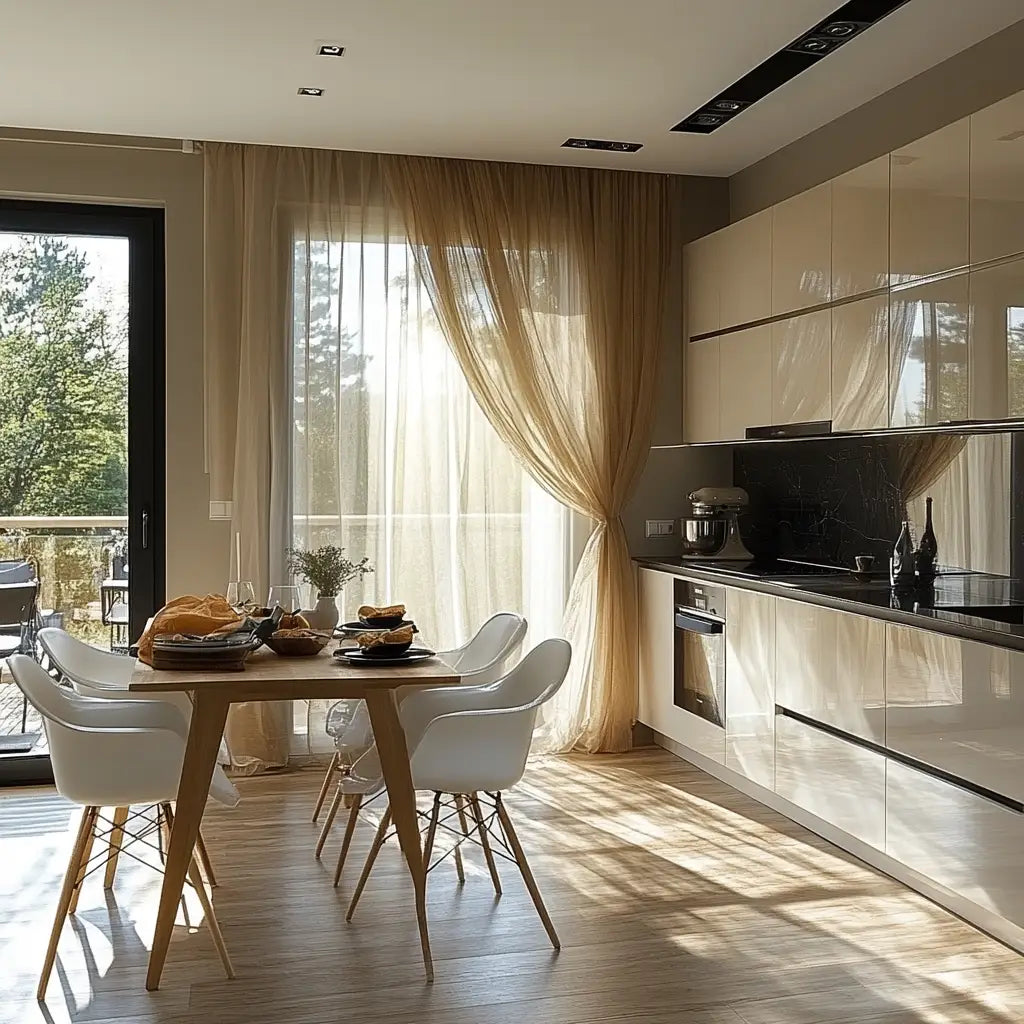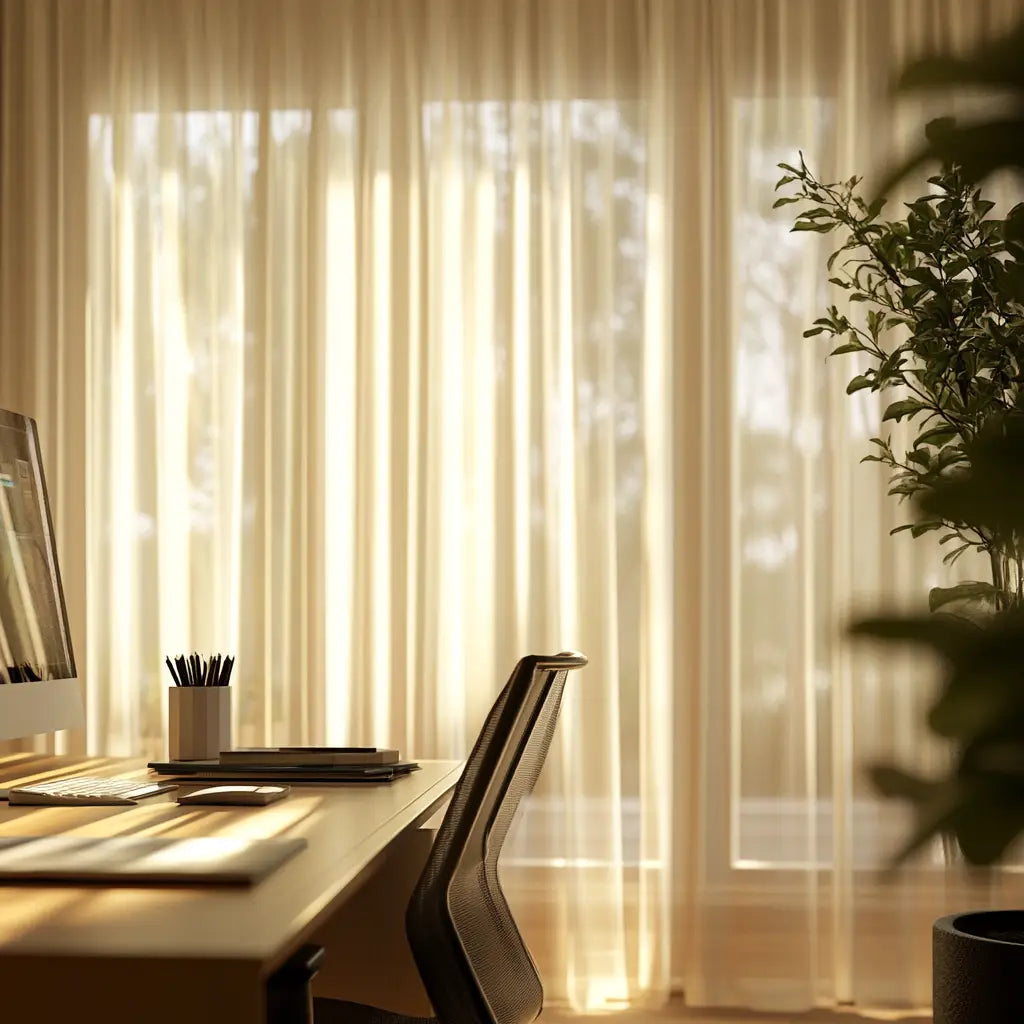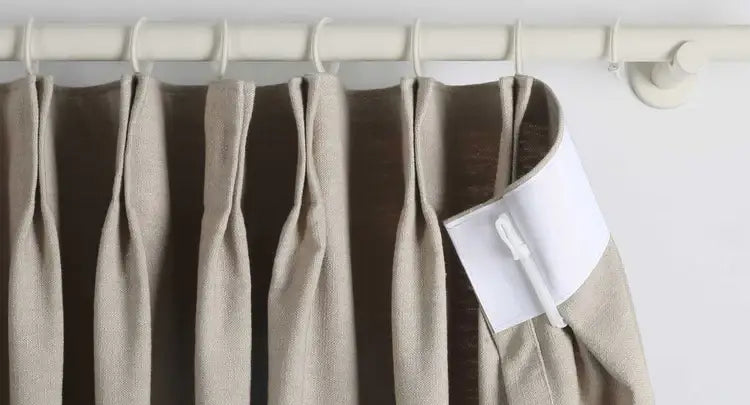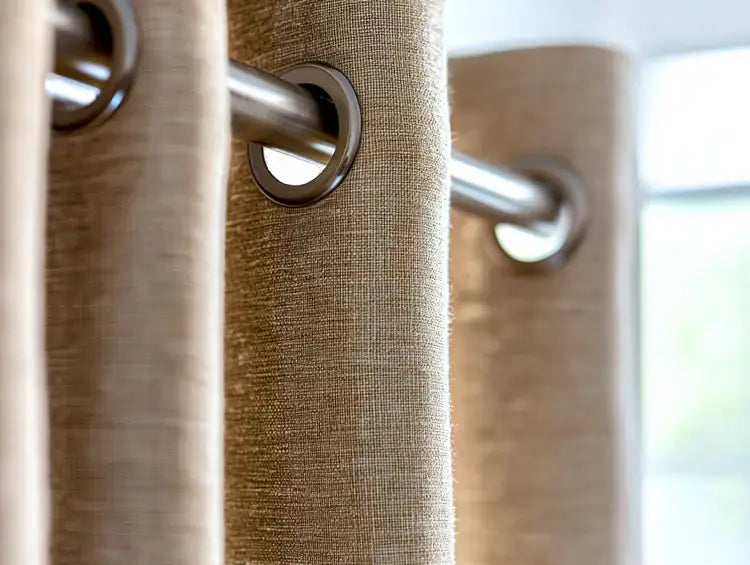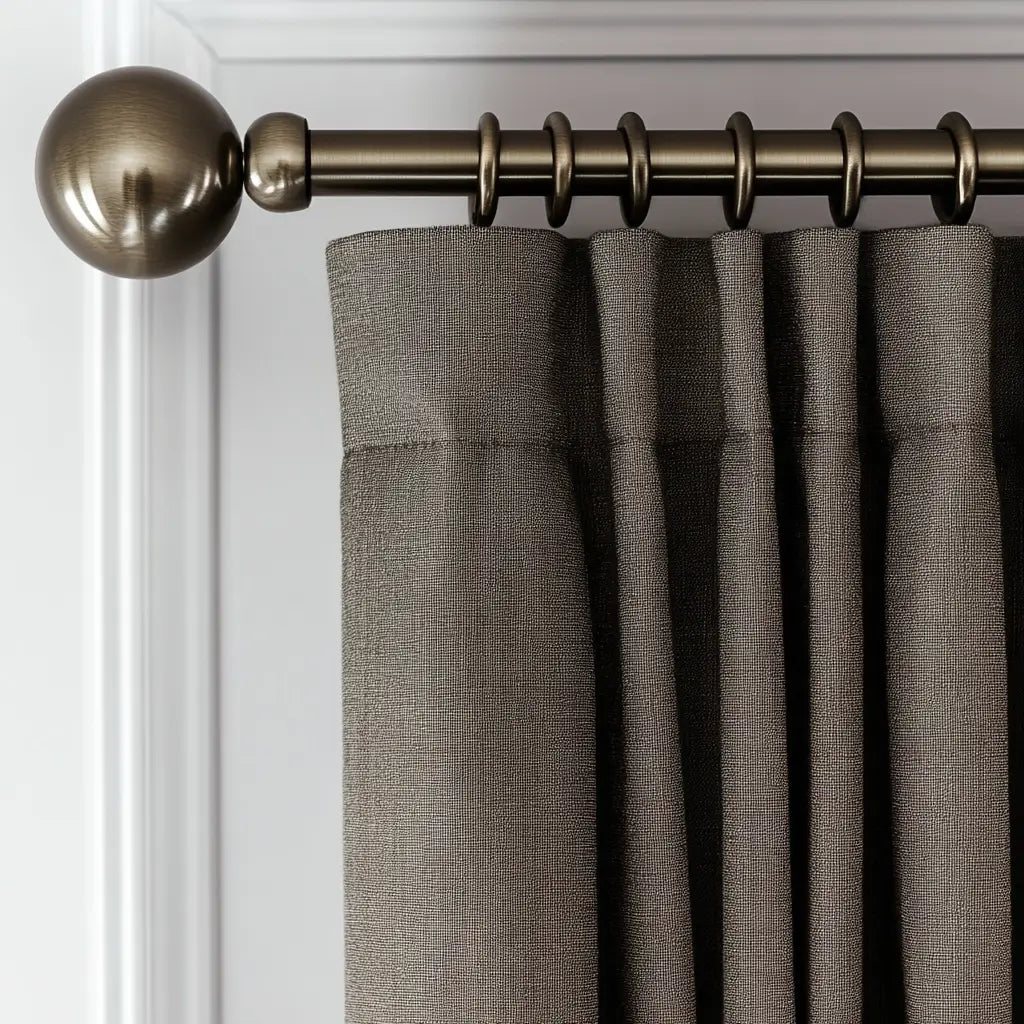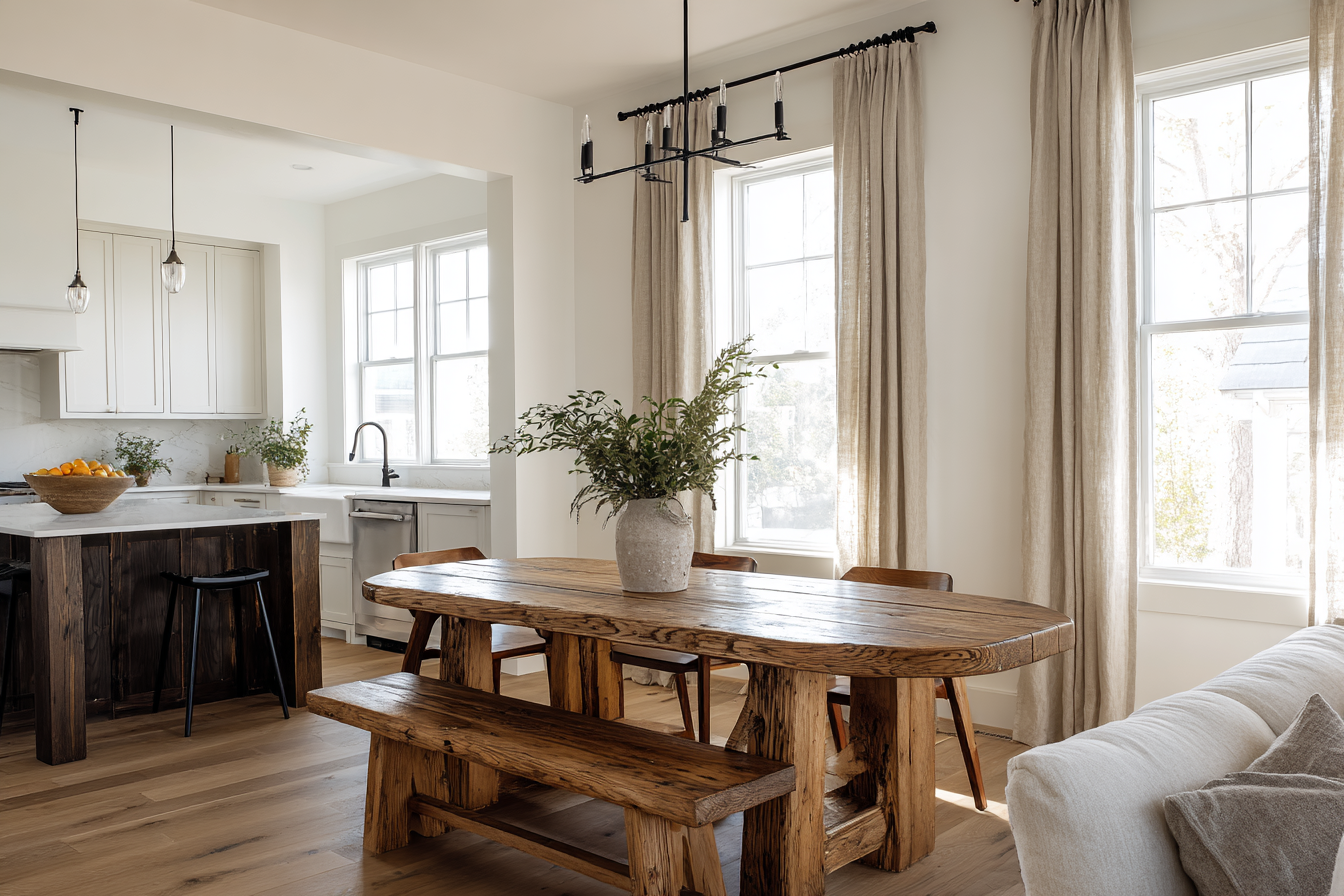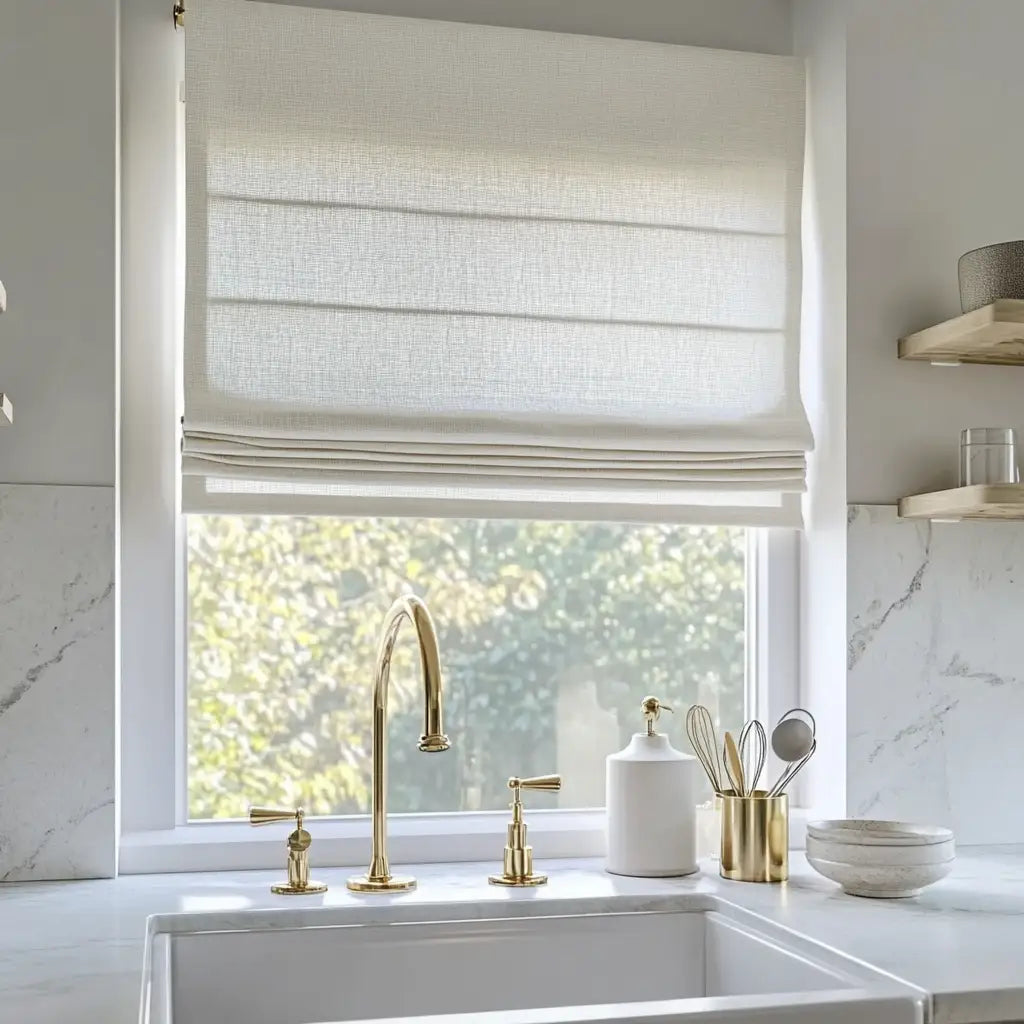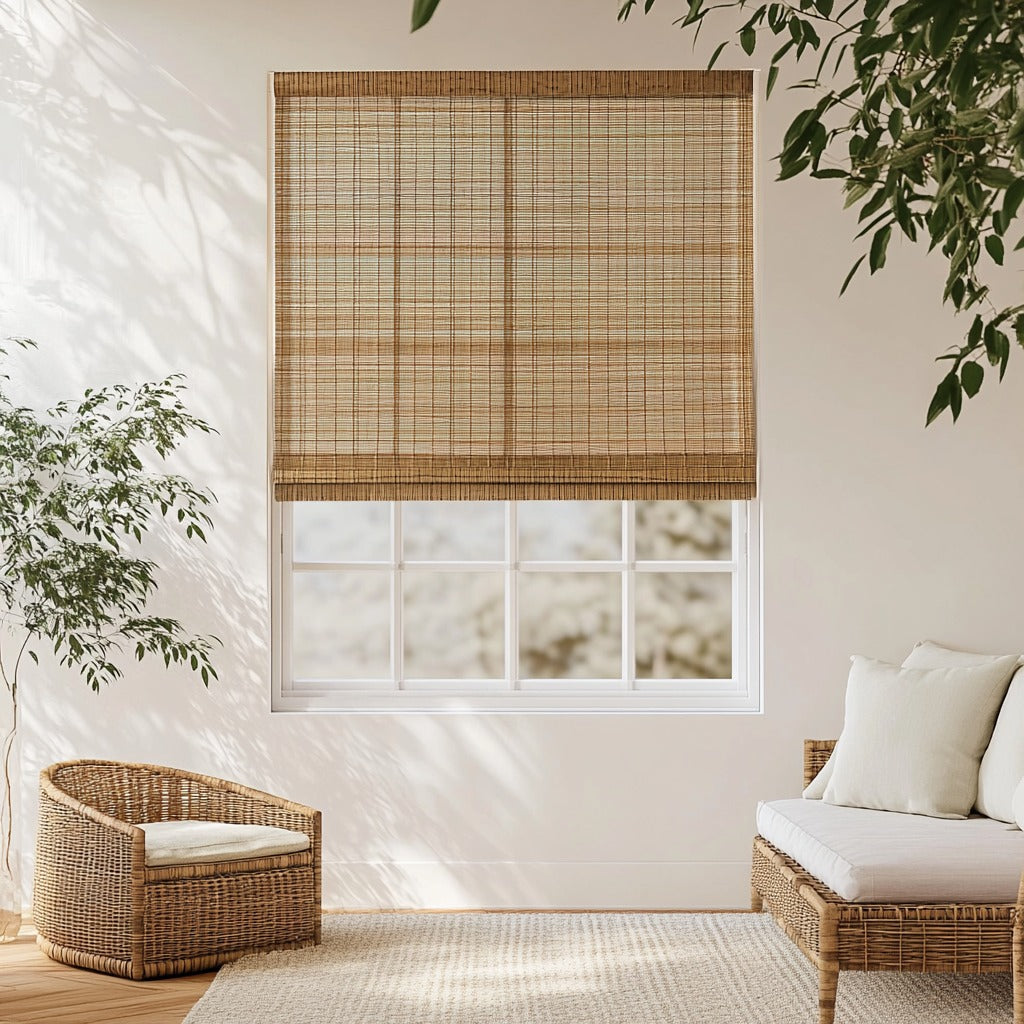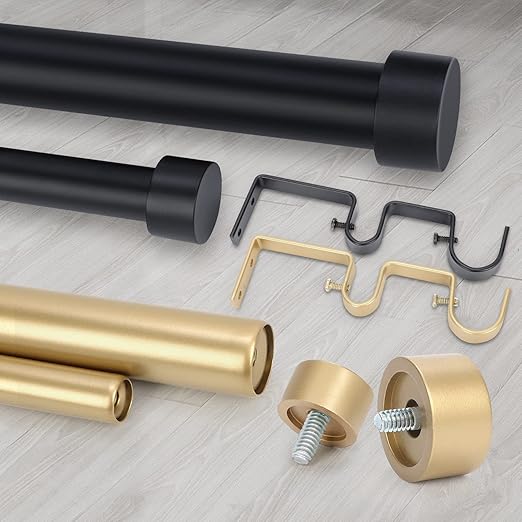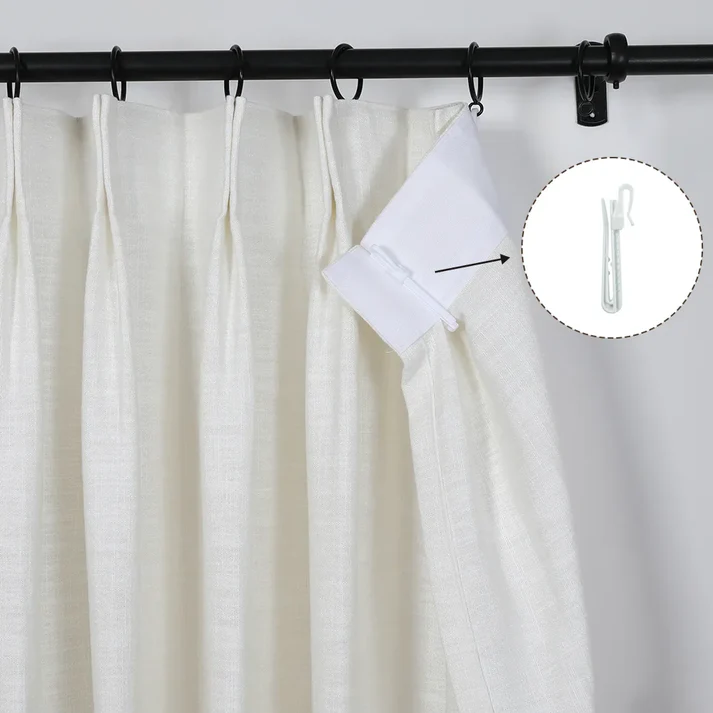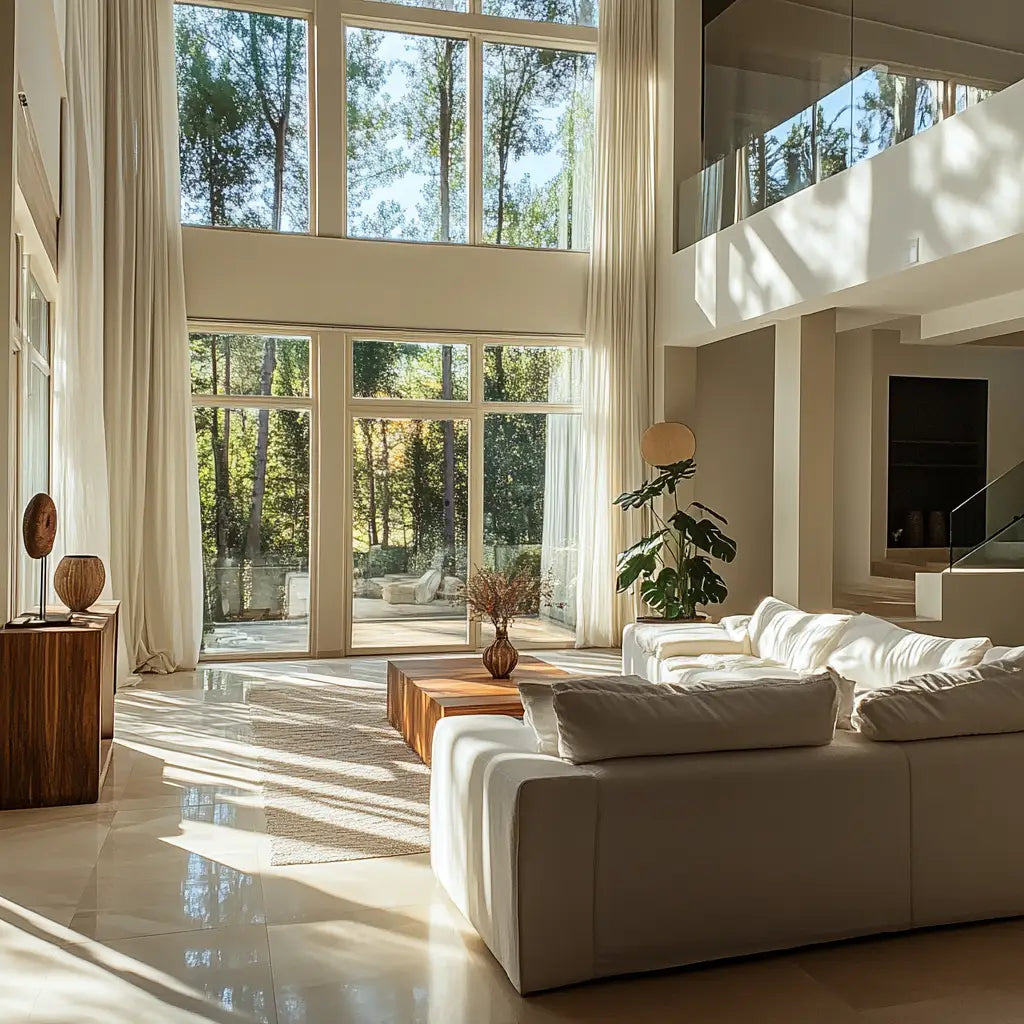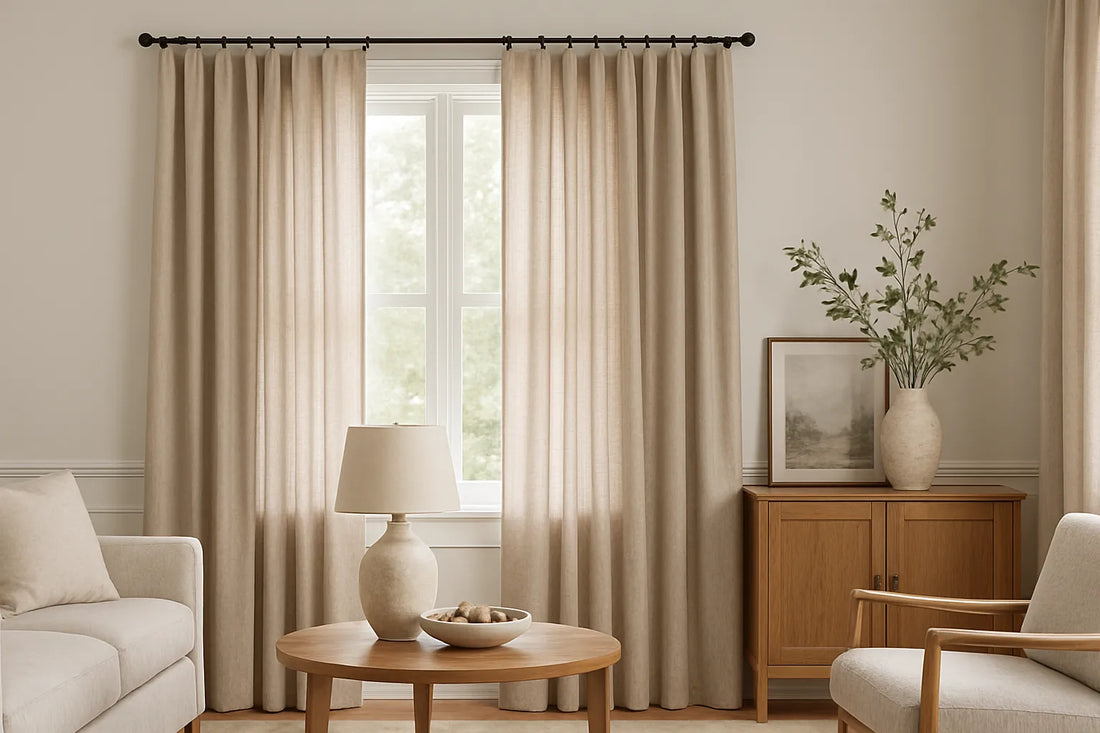
Linen Drapes — Style, Comfort, and Everyday Benefits
Designing a home is about more than furniture.
Linen drapes add depth, softness, and light control with natural ease.
I tested linen fabrics in different rooms and compared them with alternatives.
Here’s how they perform in style, comfort, and practicality.
What Makes Linen Drapes Popular Today?
Linen drapes remain timeless because of their airy texture and durability.
They filter light while preserving brightness, making spaces feel fresh.
I tested the Sienna striped pattern linen blend pleated café curtains.
They gave dining areas an elegant balance of privacy and light.
The subtle stripes added dimension without overwhelming the room.
For relaxed yet structured interiors, linen blends work beautifully.

Pros & Cons of Linen Drapes
The strength of linen lies in its breathable fibers.
It prevents stuffiness, ideal for sunlit or humid areas.
On the positive side, linen’s eco-friendly nature is appealing.
Its biodegradable fibers and timeless design suit sustainable homes.
Yet, linen creases easily.
Frequent ironing or steaming may be needed to maintain crisp folds.
Still, many embrace the wrinkles as part of its character.
The natural flow feels authentic compared to stiff synthetics.

Best Room Types for Linen Drapes
In the living room, linen diffuses sunlight without closing off views.
It creates a light-filled space ideal for gatherings and relaxation.
In the bedroom, linen drapes provide a calming retreat.
Paired with lining, they offer privacy without eliminating softness.
Dining areas benefit too.
They introduce texture and sophistication without overpowering furniture.
You can explore custom linen drapes for tailored sizing.
Proper fit ensures drapes glide naturally across wide or tall windows.

Top Alternatives Compared
Cotton drapes feel soft and affordable.
But they lack linen’s crisp, textured appearance.
Silk drapes are luxurious and glossy.
Yet, they require careful care and are prone to fading.
Synthetic fabrics resist wrinkles and stains.
However, they lack breathability and a natural look.
Compared directly, linen stands out.
It blends relaxed style with lasting durability across room types.

Installation & Maintenance Tips
Installing linen drapes requires sturdy rods and smooth hooks.
Lightweight linen hangs well, but lining may add weight.
Steaming helps reduce wrinkles before installation.
It also maintains a crisp finish after washing.
For maintenance, wash in cold water with gentle detergent.
Air drying preserves fibers and prevents shrinkage.
If you want sheer layering, try softly filtered sheer linen for bay windows.
Pairing sheers with heavier panels offers light control and elegance.
Buyer Tips Based on Experience
When choosing linen drapes, consider sunlight exposure.
Darker shades fade less quickly under direct light.
Match curtain length to room style.
Floor-to-ceiling panels feel grand, while café curtains are casual.
Budget also matters.
Pure linen costs more but lasts longer than synthetic blends.
For a timeless interior, neutral tones work best.
They coordinate across seasons without clashing with furniture.
Frequently Asked Questions
Do linen drapes block light completely?
No. Linen filters light softly. With lining, they block more but keep brightness.
Are linen drapes easy to clean?
Yes. Most can be machine washed cold. Gentle cycles and air drying extend life.
Which rooms are best for linen drapes?
Living rooms, bedrooms, and dining areas benefit most. Linen adapts to casual or formal moods.
Are linen drapes eco-friendly?
Yes. Linen is a natural, biodegradable fiber. It supports sustainable and low-impact living.
Random Articles
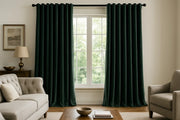
A personal story of selecting velvet drapes, comparing fabrics, learning insulation benefits, and...
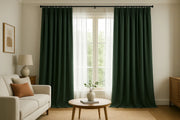
Explore custom cotton drapes for bedrooms, dining rooms, and living spaces. Elegant, washable, an...
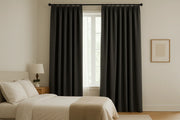
Explore blackout curtains for better sleep, sound control, and energy efficiency. See room-specif...
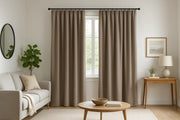
Thermal curtains tested in real homes: blackout, insulated, and velvet designs measured for comfo...

